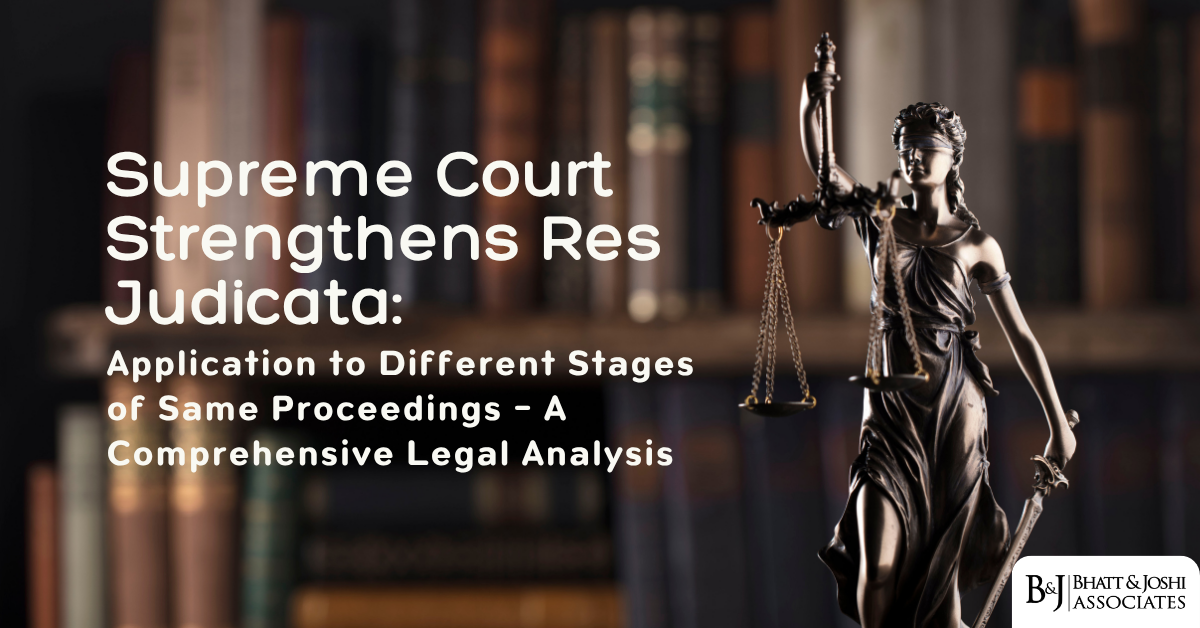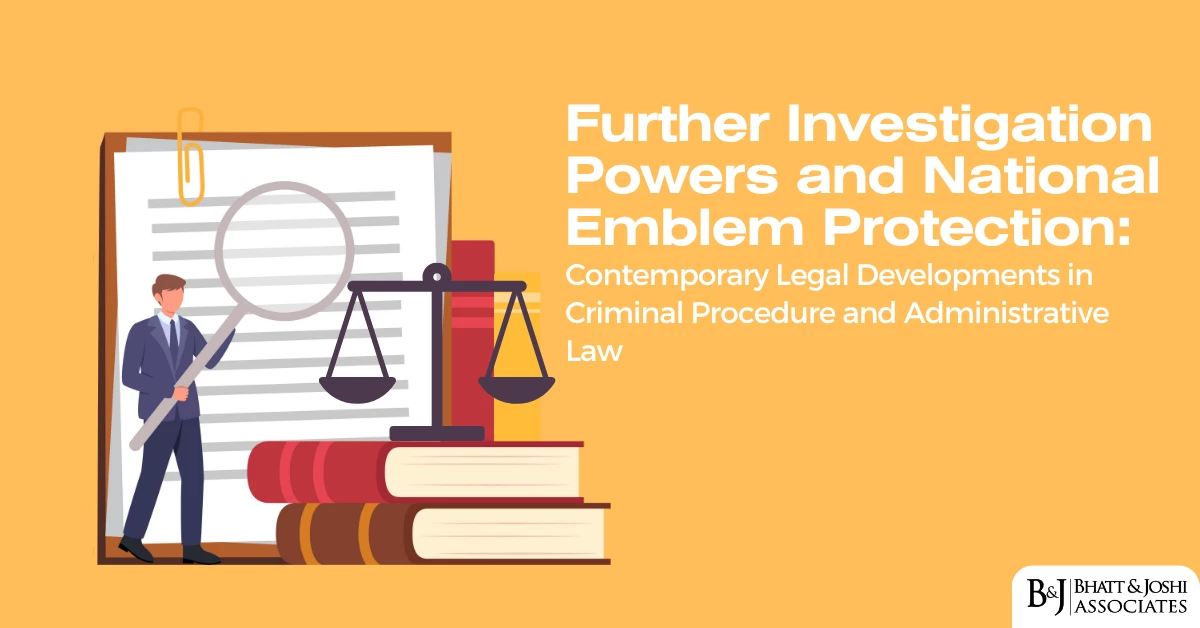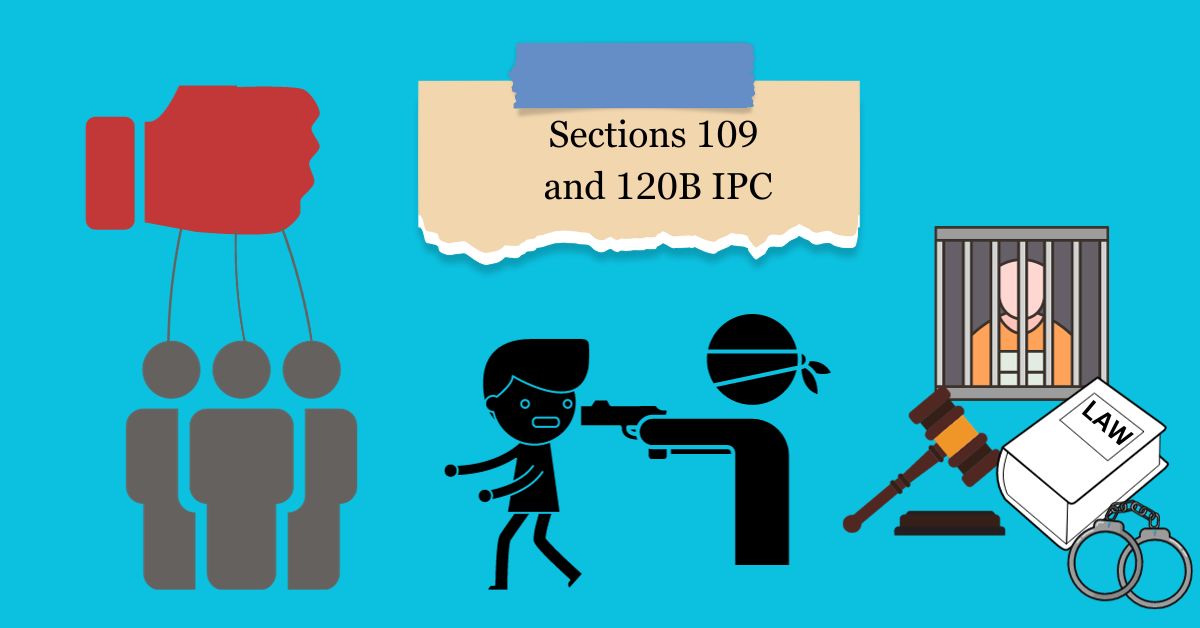Demand Notice under the Insolvency and Bankruptcy Code, 2016
Introduction
The Insolvency and Bankruptcy code, 2016 (IBC) is a consolidation of all existing insolvency laws in India. The code provides a time bound and expedited process for resolving insolvency and bankruptcy cases in India. It was introduced in 2015 by the former finance minister of India, Late Arun Jaitley. The Code proposes two separate tribunals to oversee the process of insolvency resolution namely:
- The National Company Law Tribunal
- The Debt Recovery Tribunal

Demand Notice under IBC
Section 8 of the Insolvency and Bankruptcy Code, 2016, as mentioned below, lists down the procedure to be followed by an operational creditor in case of default by the debtor.
- (1) An operational creditor may, on the occurrence of a default, deliver a demand notice of unpaid operational debtor copy of an invoice demanding payment of the amount involved in the default to the corporate debtor in such form and manner as may be prescribed
(2) The corporate debtor shall, within a period of ten days of the receipt of the demand notice or copy of the invoice mentioned in sub-section (1) bring to the notice of the operational creditor—
(a) existence of a dispute, if any, and record of the pendency of the suit or arbitration proceedings filed before the receipt of such notice or invoice in relation to such dispute;
(b) the repayment of unpaid operational debt—
(i) by sending an attested copy of the record of electronic transfer of the unpaid amount from the bank account of the corporate debtor; or
(ii) by sending an attested copy of record that the operational creditor has encashed a cheque issued by the corporate debtor.
Explanation: For the purposes of this section, a “demand notice” means a notice served by an operational creditor to the corporate debtor demanding repayment of the operational debt in respect of which the default has occurred.
The IBC Code, 2016 mandates it for an operational creditor (complainant) to send a demand notice to the debtor in question before initiating corporate insolvency resolution proceedings.
An “operational creditor” is further defined under Section 5(20) as follows:
(20) “operational creditor” means a person to whom an operational debt is owed and includes any person to whom such debt has been legally assigned or transferred;
LANDMARK JUDGEMENTS
In the 2017 case of Macquarie Bank Limited vs Shilpi Cable Technologies Ltd, the Supreme Court settled the law pertaining to two important issues mentioned below.
Firstly, whether the provision under Section 9 (3)(c) of the Code which mandates that in order to trigger CIRP against the Corporate Debtor, “”a copy of the certificate from the financial institutions maintaining accounts of the operational creditor confirming that there is no payment of an unpaid operational debt by the corporate debtor.” is it mandatory or not?
And secondly, whether a demand notice of an unpaid Operational Debt under Section 8 can be issued by a lawyer or an authorized representative on behalf of the Operational Creditor?
Clarifying about the provisions mentioned under Section 9(3)(c), the Supreme Court observed that, “it is equally clear that a copy of the certificate from the financial institution maintaining accounts of the operational creditor confirming that there is no payment of an unpaid operational debt by the corporate debtor is certainly not a condition precedent to triggering the insolvency process under the Code. The expression “confirming” makes it clear that this is only a piece of evidence, albeit a very important piece of evidence, which only “confirms” that there is no payment of an unpaid operational debt. This becomes clearer when we go to sub-clause (d) of Section 9(3) which requires such other information as may be specified has also to be furnished along with the application.”
This issue is specifically relevant to the foreign operational creditors who could not maintain accounts with the recognized financial institutions and thus were prevented from initiating the insolvency proceedings since such institutions were unable to produce the requisite certificate.[1]
In reference to the second issue, the Supreme Court noted that, “Section 8 of the Code speaks of an operational creditor delivering a demand notice. It is clear that had the legislature wished to restrict such demand notices being sent by the operational creditor himself, the expression used would perhaps have been “issued” and not “delivered”. Delivery, therefore, would postulate that such notice could be made by an authorized agent. In fact, in Forms 3 and 5 extracted hereinabove, it is clear that this is the understanding of the draftsman of the Adjudicatory Authority Rules, because the signature of the person “authorized to act” on behalf of the operational creditor must be appended to both the demand notice as well as the application under Section 9 of the Code. The position further becomes clear that both forms require such authorized agent to state his position with or in relation to the operational creditor. A position with the operational creditor would perhaps be a position in the company or firm of the operational creditor, but the expression “in relation to” is significant. It is clear, therefore, that both the expression “authorized to act” and “position in relation to the operational creditor” go to show that an authorized agent or a lawyer acting on behalf of his client is included within the aforesaid expression. A conjoint reading of Section 30 of the Advocates Act, 1961 and Sections 8 and 9 of the Code together with the Adjudicatory Authority Rules and Forms thereunder would further yield the result that a notice sent on behalf of an operational creditor by a lawyer would be in order.”
Another landmark judgement was delivered by the Supreme Court in the case of Alloysmin Industries Vs. Raman Casting Pvt. Ltd. on the issue of delivery of a demand notice. It was held that, “If the demand notice under Section 8 (1) is served on Corporate Debtor either on its Registered Office or its Corporate Office, it should be treated to be valid service of notice under Section 8 and application under Section 9 on failure of payment, if filed after 10 days, is maintainable.”
The case of Sandesh Ltd vs. Realm Media Solutions Pvt. Ltd. divulges into the issue of ignorance by the corporate debtor of the demand notice. The appellant rightly issued a demand notice before initiating CIPR against the debtor. No reply being received, the appellant filed a case under the Code. After NCLT rejected the application on the ground that there is no proof that the notice was delivered to the ‘Corporate Debtor’ at the registered office, the appellant issued fresh notice to the current address of the debtor. The appellant further published the notice in two newspapers but failed to get an acknowledgement from the respondent. After this incident, the NCLAT held that, “the Respondent is deliberately avoiding the service of notice and the stand taken by the Appellant that the Respondent is deliberately avoiding to receive the Demand Notice u/s. 8(1) of the Insolvency & Bankruptcy Code (I&B Code) is correct. In the circumstances, we hold that the Demand Notice u/s. 8(1) of the Insolvency & Bankruptcy Code (I&B Code) deemed to have been served on the Respondent and thereby the application u/s. 9 was maintainable.”
AUTHOR: VISMITA RATHI
[1] https://www.mondaq.com/india/insolvencybankruptcy/670620/demand-notice-under-section-8-of-the-insolvency-and-bankruptcy-code-2016-can-be-filed-by-lawyer-on-behalf-of-the-operational-creditor-provision-under-section-93c-of-the-code-is-not-mandatory













